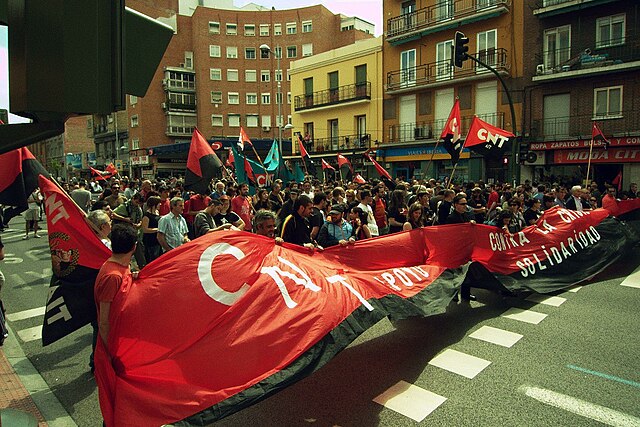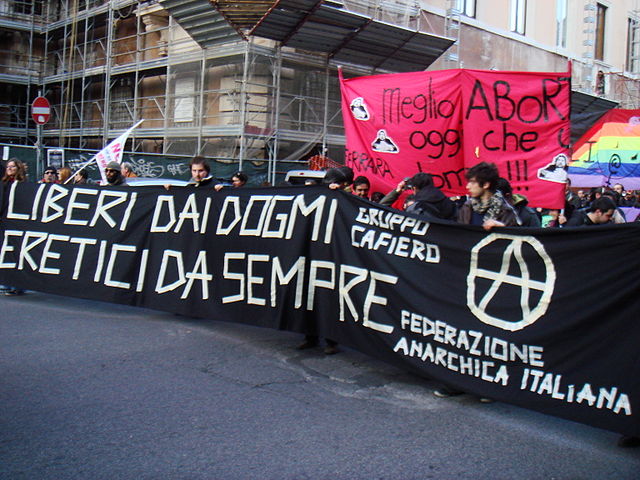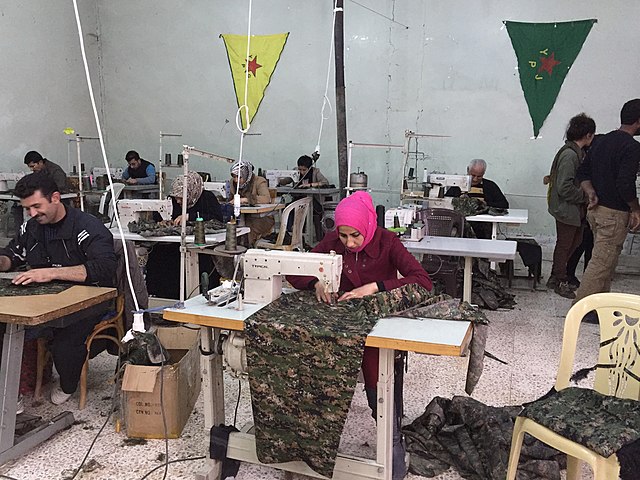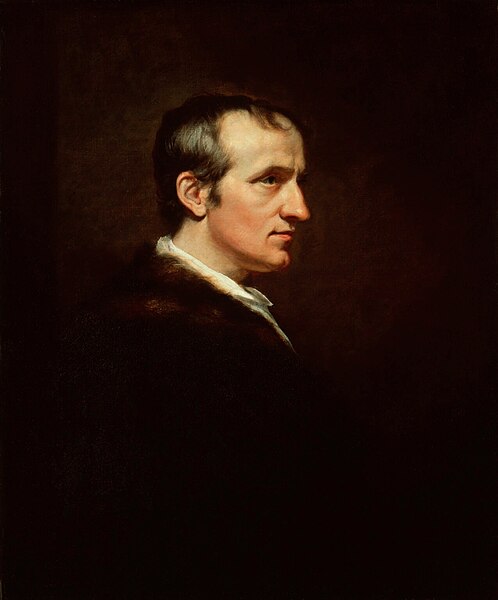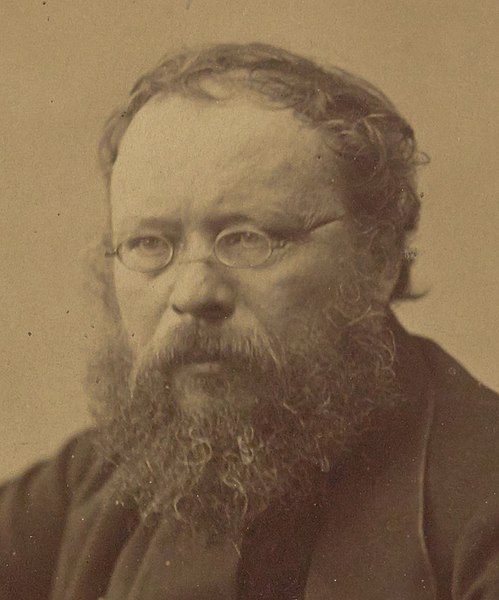Contemporary anarchism within the history of anarchism is the period of the anarchist movement continuing from the end of World War II and into the present. Since the last third of the 20th century, anarchists have been involved in anti-globalisation, peace, squatter and student protest movements. Anarchists have participated in armed revolutions such as in those that created the Makhnovshchina and Revolutionary Catalonia, and anarchist political organizations such as the International Workers' Association and the Industrial Workers of the World have existed since the 20th century. Within contemporary anarchism, the anti-capitalism of classical anarchism has remained prominent.
Members of the Spanish anarcho-syndicalist trade union CNT marching in Madrid in 2010
Contemporary members of the Italian Anarchist Federation marching in Rome in 2008 in an anti-Catholic manifestation (the text translates as "free from dogmas, always heretics")
Rojava is supporting efforts for workers to form cooperatives such as this sewing cooperative
According to different scholars, the history of anarchism either goes back to ancient and prehistoric ideologies and social structures, or begins in the 19th century as a formal movement. As scholars and anarchist philosophers have held a range of views on what anarchism means, it is difficult to outline its history unambiguously. Some feel anarchism is a distinct, well-defined movement stemming from 19th-century class conflict, while others identify anarchist traits long before the earliest civilisations existed.
Diogenes of Sinope advocated anarchistic forms of society
The Storming of the Bastille inspired generations of anarchists
William Godwin, a founder of modern anarchist theory
Pierre-Joseph Proudhon, the first self-described anarchist and founder of mutualism

